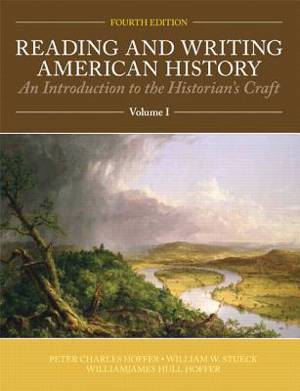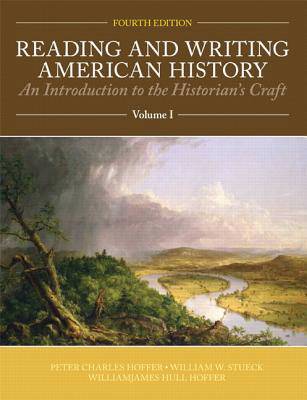
- Retrait gratuit dans votre magasin Club
- 7.000.000 titres dans notre catalogue
- Payer en toute sécurité
- Toujours un magasin près de chez vous
- Retrait gratuit dans votre magasin Club
- 7.000.0000 titres dans notre catalogue
- Payer en toute sécurité
- Toujours un magasin près de chez vous
152,45 €
+ 304 points
Description
As American colleges and universities strive to prepare twenty-first-century students for an ever-changing world, the importance of studying history within a liberal arts curriculum can be forgotten. Noting that the students of today are very present-minded, the authors of Reading and Writing American History show how learning about history can be seamlessly integrated with up-to-the-minute technology, blending the past, the present, and even the future. Following the philosophy that students should become doers rather than simple consumers, the book aims to teach historical methods and skills while engaging students in a way no ordinary textbook can. The book is thus really a work-text, with opportunities for students to pause and reflect on what they are learning every few pages. Each chapter presents students not only with a period of American history, but also with a specific task to help them become better historians; for example, the chapter on the Civil War encourages students to use the Internet for research but also instructs them on how to tell valid online sources from spurious ones. The chapters include in-depth examinations of previously ignored or marginalized peoples, fulfilling the new multicultural mandates of history departments. By bringing students face to face with the questions that every history teacher and scholar confronts, the authors ensure that history becomes a living and breathing field of study for today's students.
Spécifications
Parties prenantes
- Auteur(s) :
- Editeur:
Contenu
- Nombre de pages :
- 264
- Langue:
- Anglais
Caractéristiques
- EAN:
- 9781256358862
- Date de parution :
- 26-08-11
- Format:
- Livre broché
- Format numérique:
- Trade paperback (VS)
- Dimensions :
- 213 mm x 277 mm
- Poids :
- 598 g

Les avis
Nous publions uniquement les avis qui respectent les conditions requises. Consultez nos conditions pour les avis.






